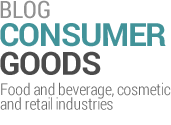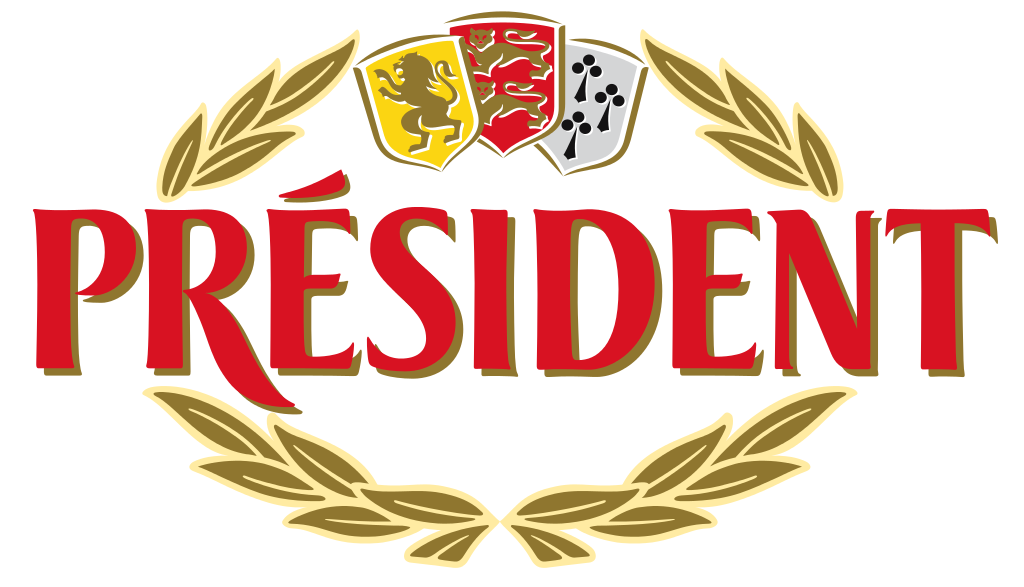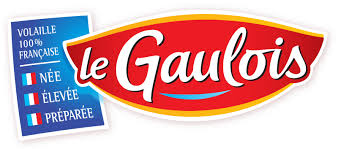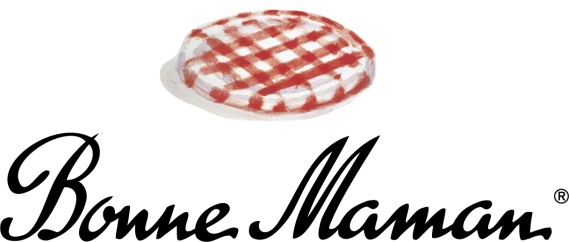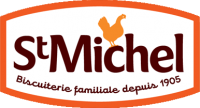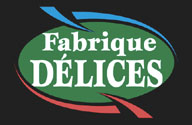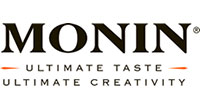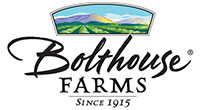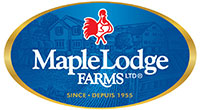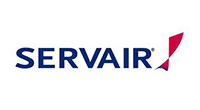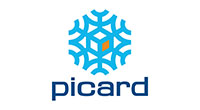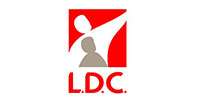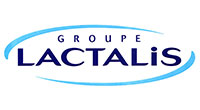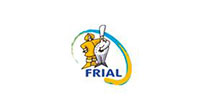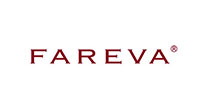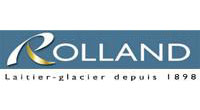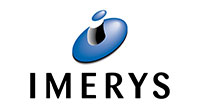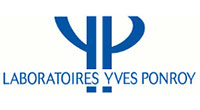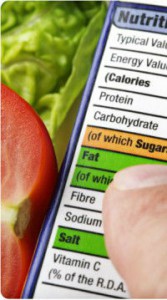
Have you ever wondered why nutrition labels came to have certain pieces of information on them or why they look how they do? Well hopefully this article will answer all your questions.
The nutrition facts label starts with the serving information. And although most do not follow what one serving amount is supposed to be this piece of information is crucial to the following piece of information which is the calorie count. The calorie count became crucial to have beginning a few decades back when consumers became concerned with what they were eating and how much they should be consuming, which ironically happened around the same time that fast food restaurants started facing problems with food regulations and health.
Next on the nutrition label is the “Total fat”, “Cholesterol”, and “Sodium” amounts which are the nutrients that must be limited. These are usually accompanied with the percent daily value that whatever you are or will be eating will be satisfying. Right under what should be limited are the nutrients you should be getting plenty of. Dietary Fiber, Vitamin A, Vitamin C, Calcium and iron amongst others. These should be in quantities between 5 and 20% for your daily value.
The % Daily Value is important because it allows you to compare one product with another in order to make a better nutritional choice. Food is supposed to provide your body with what it needs, not hurt it. Which is why the % Daily Value is crucial so that you can be sure that you are providing yourself with enough Vitamins and Minerals amongst other necessary materials.
It is important to notice that the Trans-fat, sugars and Protein do not have a %DV. Trans Fats do not because experts could not provide a reference value in order to establish a Daily Value. In all cases however- for trans-fat and cholesterol- the less the better, for these have been linked to coronary heart disease, the leading cause of death in the U.S.
A %DV for protein is not necessary unless a claim is made for protein, such as “High in Protein” or if the product is meant for infants under the age of 4. Sugars, much like trans-fat do not have a recommend amount per day. It is important to remember that the amount of sugar listed on the label is both naturally occurring sugars– such as fructose and lactose found in fruits and dairy respectively- as well as added sugars. You can check the ingredients list for specifics on added sugars.
The nutrition label should not be taken for granted. It is the work of decades of regulations to bring safety measures to consumers.
Click this link for more information on the history of the nutritional label.
For a comparison of the nutrition label of the United States to the European counterpart INCO, click here.
